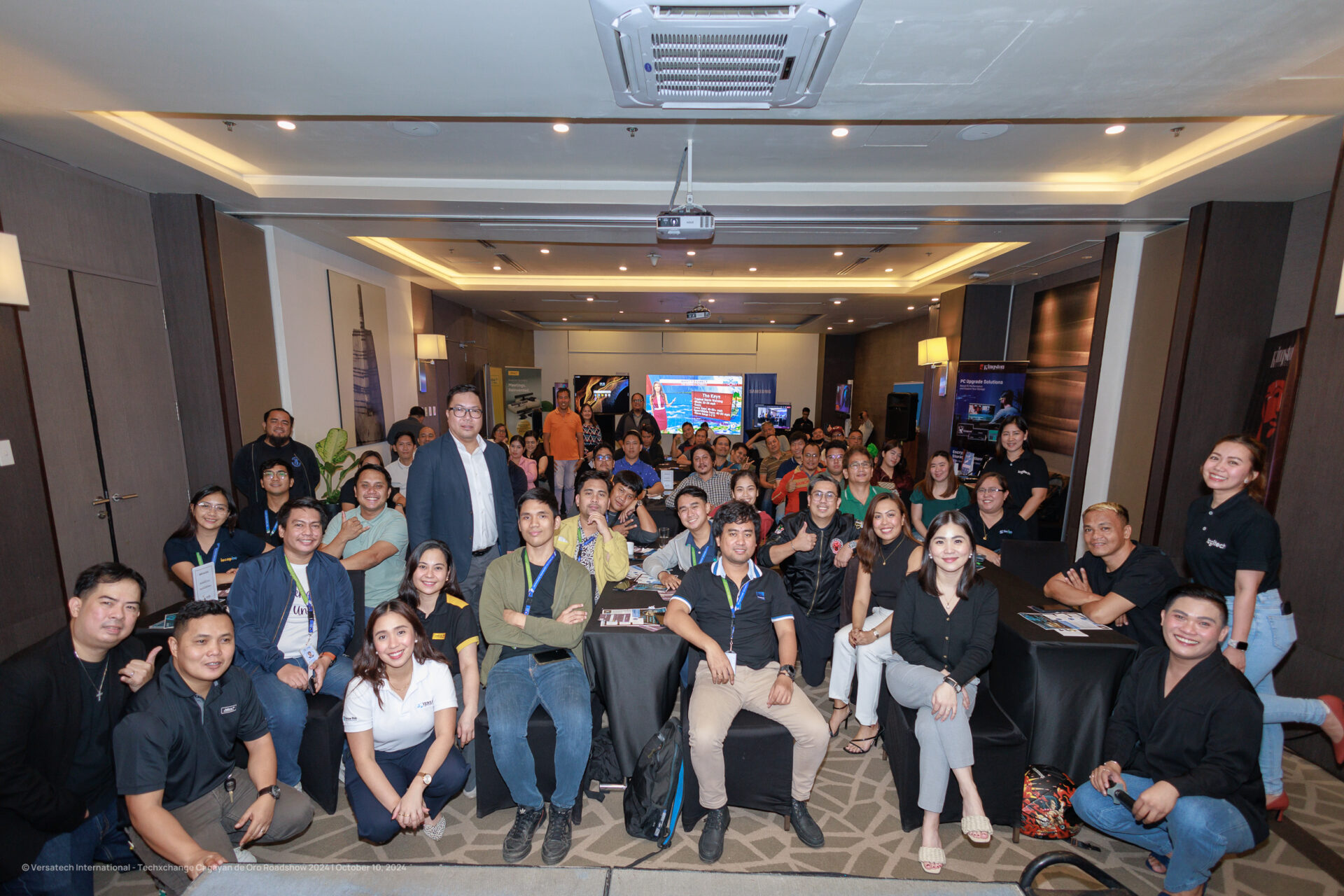Video conferencing is one of the fastest growing forms of business communication. Digital initiatives, outsourcing, and global offices mean even relatively small businesses are spreading further and further apart. Despite having completely independent teams and operations, these offices still need to collaborate and often work intensively on the same projects or to align projects with each other to ensure compatibility, mutual benefit, and sharing tools and resources.
Previously, these types of operations required cost-and-time-intensive travel, but alternatives like chat and video conferencing are taking over. And, with increases in flex work, freelancers, and work-from-home operations, organizations need new and better ways to communicate quickly, flexibly, and well.
While video conferencing doesn’t allow for the same quality of communication as a face-to-face conversation, it’s close. Individuals can see and hear each other, benefiting from body language and a closer connection with the individual.
This makes it ideal for replacing or substituting even meetings in local offices, where individuals can quickly call and connect, rather than attempting to get everyone in the same room. Building that culture, where individuals will lean on tools and make a quick call rather than sending email or scheduling a meeting, is often a matter of changing culture. To do so, you need to ensure the right technology, training, and information are available.
Distributing Quality Hardware
No one will adopt a new technology if it’s not high quality. If you can’t create smooth, seamless video calls with no lag, no disruption, and no audio distortion, you might as well skip calling in the first place. Video conferencing struggles with technological challenges including:
- Quality of sound (background noise, lack of mic, noise interference, static, cutouts)
- Video quality
- Light (Low light videos are low quality)
Meeting these challenges typically depends on how and where individuals are video conferencing, and why. For example, you might want to encourage remote workers to call in to join meetings, to talk with teams, or otherwise to use video conferencing as an alternative to email and chat.
You might want to use video conferencing to establish high quality meetings with remote offices without travel costs or time. In each case, you’d need a different solution. It’s important to assess what you want, why, and if you need to cover every base first.
1) Video Conferencing Rooms
Video conferencing rooms require a one-time setup of camera, microphones where people will be seated (or headsets), and a digital display. These can be chosen and situated to best suit the room, the number of people calling, and to ensure everyone can be seen and heard.
2) Remote Work
Establishing capability for one-on-one calls typically means ensuring everyone has access to a laptop or webcam, with a noise cancelling headset. Ensuring that people have these on-hand at all times can be another concern, but that is largely part of culture. Some organizations also opt to set up home offices with webcams and headsets, and typically lighting to ensure the quality of calls without providing a camera-equipped laptop.
Here, it’s often important to ensure that as much of your hardware as possible is the same. This allows anyone to easily use any webcam, display, or headset because they’re already familiar with it.
Choosing the Right Video Conferencing System
Video conferencing software is just-as-if-not-more important than hardware, simply because it affects the total user experience. Interface, usability, and features are all important considerations. Here, you need a tool that supports quality calls in appropriate image sizes, supports existing operating systems and devices, and offers valuable features.
For example, if you’re providing video conferencing to developer teams, you’d likely want conferencing to integrate into Slack or Jira, want the ability to share-screen or share files so that teams could collaborate during the call, and likely wouldn’t ever have to support calls of more than 10-20 people.
How can you choose the right software? Perform a needs analysis to determine operating system, user needs, and best-case-scenario. Set a reasonable budget and choose solutions that offer best fit within that budget. Importantly, some teams may benefit from different types of software, but in most cases, it’s a better call to choose one solution
Moving from Video Conferencing Capability to Culture
Organizations often spend thousands integrating video conferencing only to discover rooms remain empty, headsets left unused, and software rarely logged into. What’s the issue? It’s true that you can do everything right and still not foster immediate uptake for the idea. Instead, you have to “sell” video conferencing to employees.
1) Get Management On-Board
Once leaders adopt a technology, most of the rest of your organization is sure to follow. Make sure management, team leaders, SCRUM masters, and the C-Suite are willing and able to champion video conferencing. They should adopt it themselves, use video conferencing to save time on meetings, and visibly use it as a tool in front of the rest of the organization.
2) Offer Training
People are often hesitant to adopt new technologies and solutions because they don’t understand them. Offering workshops and training ensures everyone knows how to use new tools. You can combine these with team kickoffs and interactions where you discuss how, where, and when to use video conferencing.
Training should also help to combat some of the worst issues with video conferencing, such as people not understanding headsets, not understanding interfaces, and otherwise taking up extra time once calls have started.
3) Establish Flex Meetings
One of the easiest ways to show the benefits of video conferencing is to set up a few case examples. Meetings are one-such opportunity. Here, you can easily set up meetings, allow individuals to work from home and then call in.
How does that work? Try having employees call into a meeting from home early in the day. They can skip busy rush-hour traffic or public transport, and then either continue to work from home or go in to work later in the day, saving valuable commute time.
The idea is to show that video conferencing saves time and offers opportunities to communicate flexibly, so your organization can update this sort of program to something that suits specific needs.
4) Integrate with Tooling
No one wants to take 15 minutes to get ready for a video call, but sometimes slow software, inefficient tools, and lack of integration force that. If your video conferencing tools integrate into project management apps, existing chat tools, and existing calendars, most people will be considerably more likely to use them.
The goal of any video conferencing system is to enable fast and efficient communication. In an ideal situation, employees would opt for a quick video call with team members to answer questions or when they need input for making decisions, have the freedom to call in from another office or home instead of coming into office for a meeting, and can make themselves available more quickly and frequently over video conferencing because they don’t have to ensure they’ll be at the office before a meeting.
In essence, once it works, video conferencing benefits the organization and its employees by saving time, improving the efficiency of communication, and improving collaboration.






